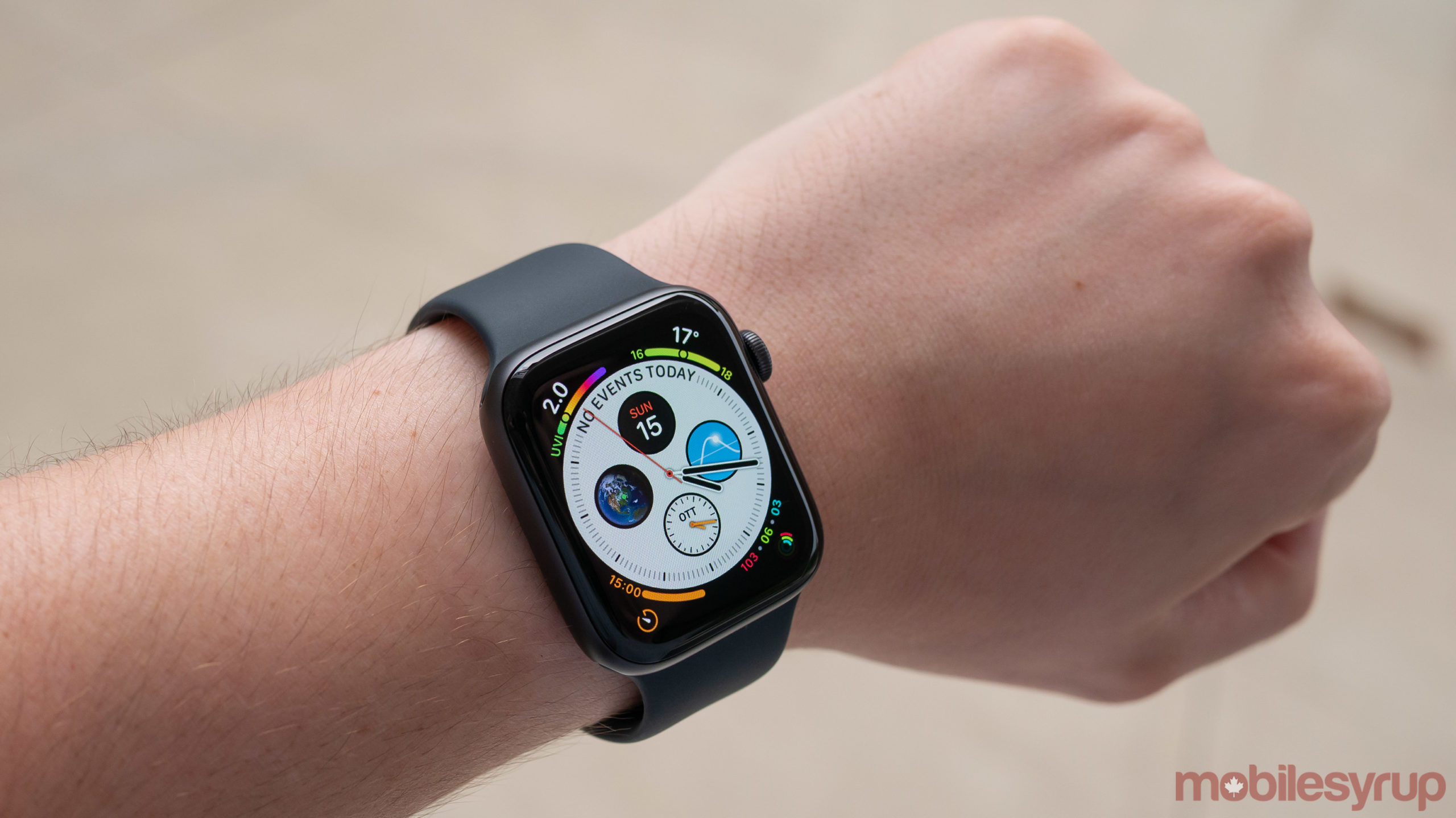
Thanks to leaked iOS 14 code, we now know more about what features are coming to watchOS 7, with the most notable being that the smartwatch could soon be able to detect the wearer’s blood oxygen level.
If your blood oxygen saturation falls below a specific level, a notification would be sent directly to your wrist, according to 9to5Mac. It’s unclear if this feature requires new hardware or if it could be added to older versions of the Apple Watch through a software update. It’s worth noting that Fitbit recently rolled out similar functionality to its fitness trackers.
Apple is also reportedly working on improved ECG functionality that is capable of delivering results between 100 and 120 beats per minute.
Other upcoming new watchOS 7 features include sleep tracking — a feature that was initially rumoured to launch alongside the Apple Watch Series 5 — ‘Watchface sharing’ with friends and family and a new ‘Infograph Pro’ watchface with a tachymeter feature. Tachymeters are used on analog watches to convert elapsed time into a speed calculation based on travel time and distance
It’s unclear if Watchface sharing means that custom watch faces are finally coming to Apple’s smartwatch, but a new sharing feature could possibly be an indication.
9to5Mac says that watchOS 7 will also include parental controls, better photos watchfaces and more Watch apps that aren’t based on extensions.
It’s unclear if any of these new features will require Apple’s still-unannounced Apple Watch Series 6, or if they’ll be compatible with earlier versions of the wearable though an update to watchOS 7.
We’ll likely learn more about Apple’s watchOS 7 plans at WWDC in June. That said, there’s a possibility WWDC could be cancelled or postponed due to the coronavirus outbreak.
The leaked iOS 14 build also featured a headphone icon indicating that Apple might still be working on its own over-ear headphones.
Source: 9to5Mac


